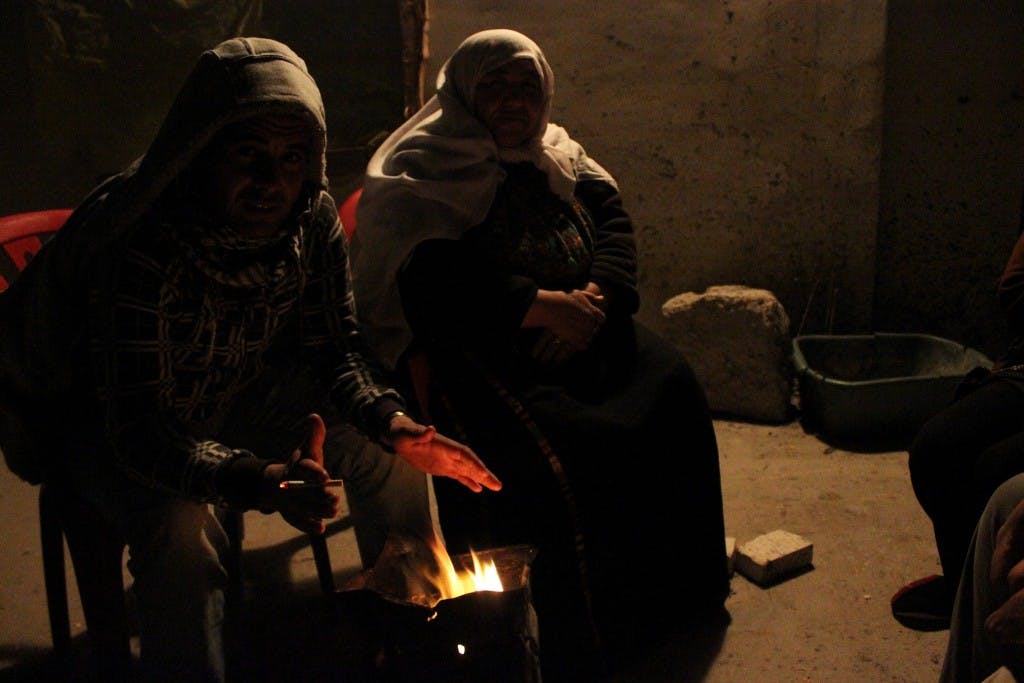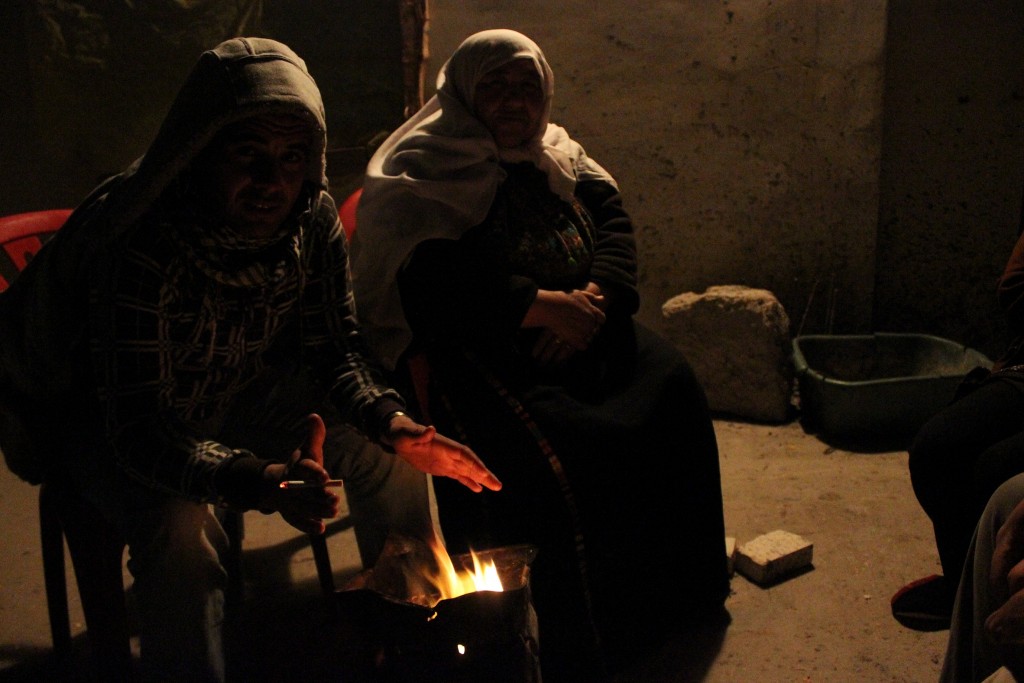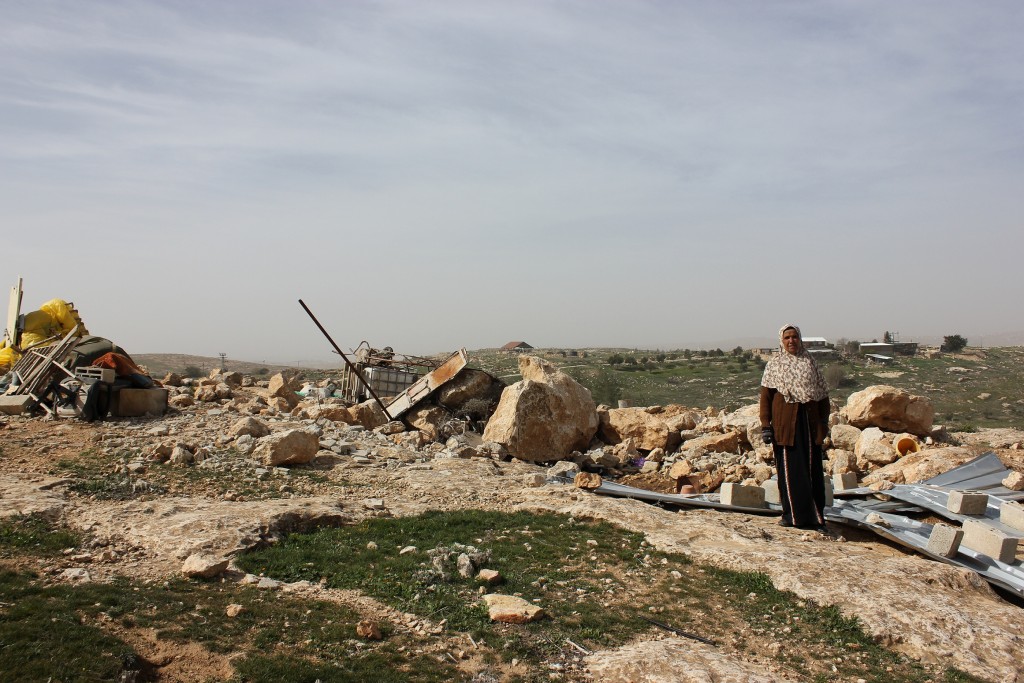A Hadjis story about the occupation
Jan 21, 2015
First story



The darkness has just set over Yatta and the southern part of the West Bank. The first night stars have lit and a clear night wind sweeping in from the south. Around the fire sits some of the Nawaja family; they drink tea, small talks about the day that passed, politics and religion. Zhreh Abaed Al Rhman, whom is around her 60, leans forward over the fire to warm her fingers in the clear night air and says:
– They came to old Susiya with a bulldozer, they filled the openings to the caves we lived in, and they told us that we could not live there anymore.
Most of today’s Susiya is about 500 meters from old Susiya and lay between old Susiya and the Israeli settlement of Susya. Today, Susiya consists of at least eight different Palestinian settlements, scattered over a large area.
On 4 May 2011, soldiers from the IDF (Israel Defense Forces) came to Um Nir, one of the Palestinian settlements related to old Susiya. They declared Um Nir as a military area. The inhabitants of Um Nir protested. The soldiers responded with tear gas and stun grenades to drive them out from their homes. A month later, the IDF returned to Um Nir and demolished all the buildings. Today, the inhabitants from Um Nir live in Susiya.
– I was born in Al Karetan. Al Karetan do not exists anymore. We were forced to migrate. Today, there is an Israeli military base and a large military exercise field were Al Karetan was.
Zhreh shows on my map were Al Karetan low. She points to an area south of Jinba, on the southern part of the West Bank. The map shows, that the area is a military zone today.
– I moved to my husband in old Susiya. My husband’s family had lived in old Susiya since Ottoman times. It did not take many years before the IDF got there to. Some Israeli archaeologists had found an ancient synagogue on the hill where we lived. Therefore the IDF where determined to force us from our homes. First, they came and filled the entrances to our homes. We came back and cleaned up in front of our doors. Two years later, trouble between us, the IDF and the Israeli settlers who had begun to build up the settlement Susya started. The Israeli settlement was located a few hundred meters from our Susiya. After this trouble, the IDF came one day with trucks. They explained that we could no longer live in our village and that we had to move. We loaded up our things on the IDF trucks. Then they drove us away. The soldiers dumped us close to a place where today’s Israeli settlement Ma’on is. A few days later, we began our trek back to Susiya, and the place where we currently live. Old Susiya is today an archeological site that we, Palestinians, are not allowed to access.*
Remains of Um Nir** with old Susiya in the background. The ceiling in the middle of the background is the synagogue that the archaeologists found. To the right in the background is the supervisor’s house.
– Today, our homes in Susiya, solar panels, water wells, and the new school with toilets, solar panels and water tanks have received demolition orders.˟ Even our mobile health clinic has received a demolition order. Israeli authorities do not want us to live here. The settlers say the land belongs to them because it says so in the Bible (the Torah). We’ve lived here for generations. We lived here before the settlers arrived. The Israeli authorities have chased us from one place to another. Where should we go? I’m not moving. I was born here and my children to. Here should they and also their children be allowed to liv.
South Hebron Hills, West Bank, oPt
2012




